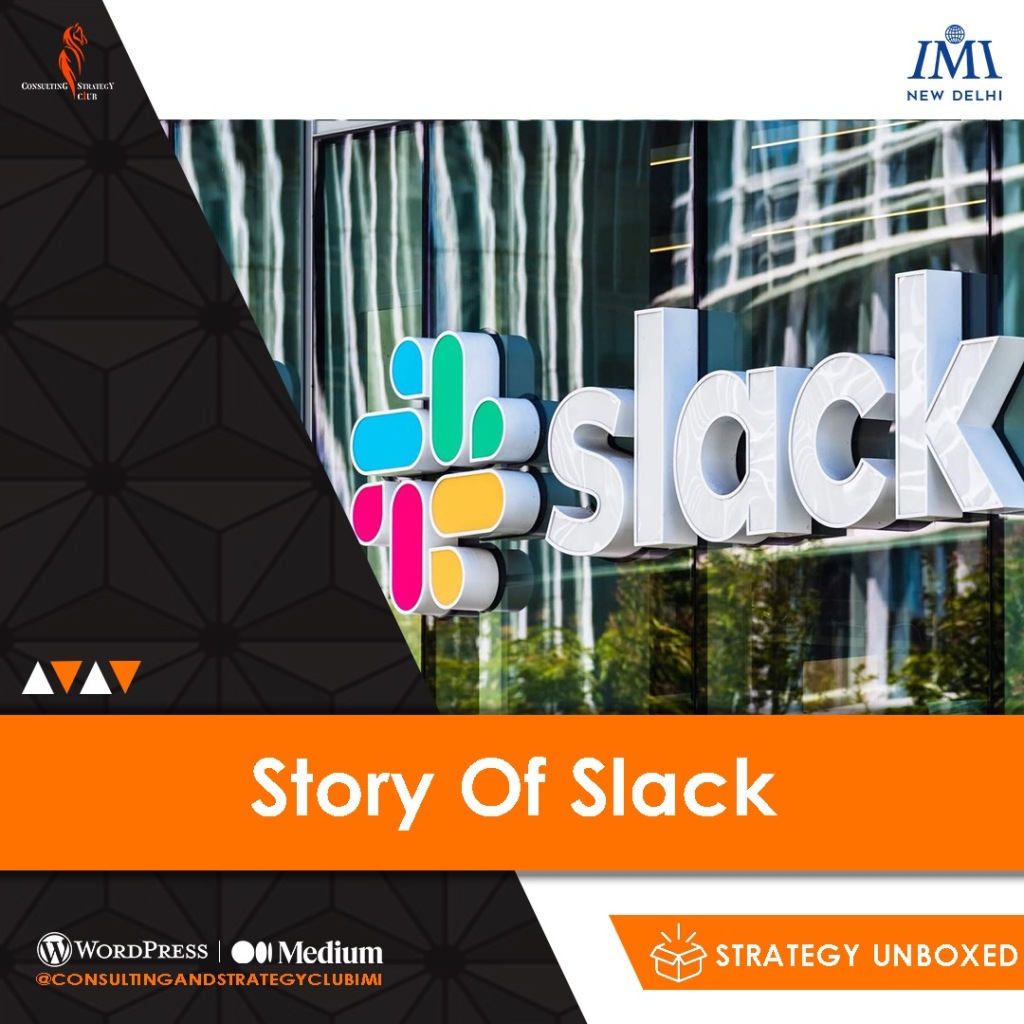It’s the year 2009.
Stewart Butterfield, known already for his part in building Flickr, a photo-sharing service acquired by Yahoo in 2005, decided to try his hand — again — at building a game. Flickr had been a failed attempt at a game called Game Neverending followed by a big pivot. This time, Butterfield would make it work.

To make his dreams a reality, he joined forces with Flickr’s original chief software architect Cal Henderson, as well as former Flickr employees Eric Costello and Serguei Mourachov, who like himself, had served some time at Yahoo after the acquisition. Together, they would build Tiny Speck, the company behind an artful, non-combat massively multiplayer online game.
Years later, Butterfield would pull off a pivot more massive than his last. Slack, born from the ashes of his fantastical game, would lead a shift toward online productivity tools that fundamentally change the way people work.
The Glitch Era (2009–2012)
Butterflied’s new team, Tiny Speck, set out to create a multiplayer online role-playing game called Glitch. He hoped that Glitch could become a successful and crowded online world that would be different from all other copycat titles available at the time.
The vision? Collaborative gameplay that didn’t dabble in violence.
Glitch was a casual, 2-D browser-based multiplayer game. Players could focus on crafting, accomplishing tasks, and collaborating on quests with other people.
Glitch user interface.
While Butterfield and his team received a total of $10.7 million in funding, the development stalled. Within three years, it was clear that Glitch was not going to be a hit. Some blamed the game mechanics. Others suspected that relying on Flash was a mistake. When Butterfield tweeted that Glitch was dead, he emphasized that Tiny Speck was anything but. It turned out that he had something else up his sleeve, a major pivot about to unfold.

Goodbye Glitch, Hello Slack! (2013–2014)
When Tiny Speck was working on Glitch, the team was spread across different states. They used the popular Internet Relay Chat (IRC) to communicate, at least for a while.
Eventually, Tiny Speck decided that IRC couldn’t meet all their communication needs. So, what did the group of savvy developers do? They built their communication tool from scratch.
The team realized they could create something better and tailor it to their needs and working style. They needed a tool that could be fully asynchronous, one where they could log out and log in, and the messages left for them would be waiting.
And that’s how the idea for Slack was born.
With core functionality in place, Butterfield set up a separate chat room where the team could discuss non-work-related matters. That was the beginning of the #random channel.
The team continued building according to their specs. Soon the tool had several integrations that made it easier for Tiny Speck to share files and collaborate remotely.
Slack homepage running on a Mac.
The best thing about owning their tool was that the team could tweak it whenever they felt they needed something more. Before long, Butterfield knew that to improve the product even further, they needed more users, so Tiny Speck set out to find them.
The team started reaching out to their friends at other companies and asked if they wanted to try it out. After all, a team of three would have different needs compared to a team of ten or more.
Tiny Speck continued inviting more and bigger teams to gain a better insight into how different organizations communicate. With the business intel in place, it was time for the next step.

The Birth of Slack Technologies (2014–2015)
From the ashes of a failed game rose the app that would revolutionize the workplace. Tiny Speck was officially renamed to Slack Technologies and launched to the public in 2014.
Slack interface on desktop and mobile in 2015.
Within 24 hours of the launch, the new collaboration tool had over 8,000 sign-ups. While Slack was technically still in beta, Butterfield didn’t want to turn away teams who might want to try it out. Sure enough, two weeks after the launch, Slack reached 15,000 sign-ups.
The influx of users was just a taste of what would come. In 2015, Slack was worth almost $3 billion, with more than 750,000 users actively using the platform.
No Signs of Slacking (2016–2020)
What started as an internal communication tool was quickly becoming a promising, fast-growing startup. By 2016, Slack was reportedly used by 77% of Fortune 100 companies.
During that time, Slack started introducing more features that are considered staples today, such as threaded messaging and chatting with users from different companies or teams. The company also launched 50+ integrations that contributed to its popularity.
By 2018, the initial 8,000 who had signed up turned into more than 8 million active daily users. Slack had over 600 different software integrations with popular business tools like Dropbox, Google, Trello, Zoom, and Asana.
Continuous Growth (2020–Present)
When the COVID-19 pandemic hit in 2020, the way we work changed drastically. In the US alone, around 16 million workers shifted to remote work in early 2020. This meant that more teams had to communicate remotely with one another, driving the need for collaboration apps.
Leave a comment